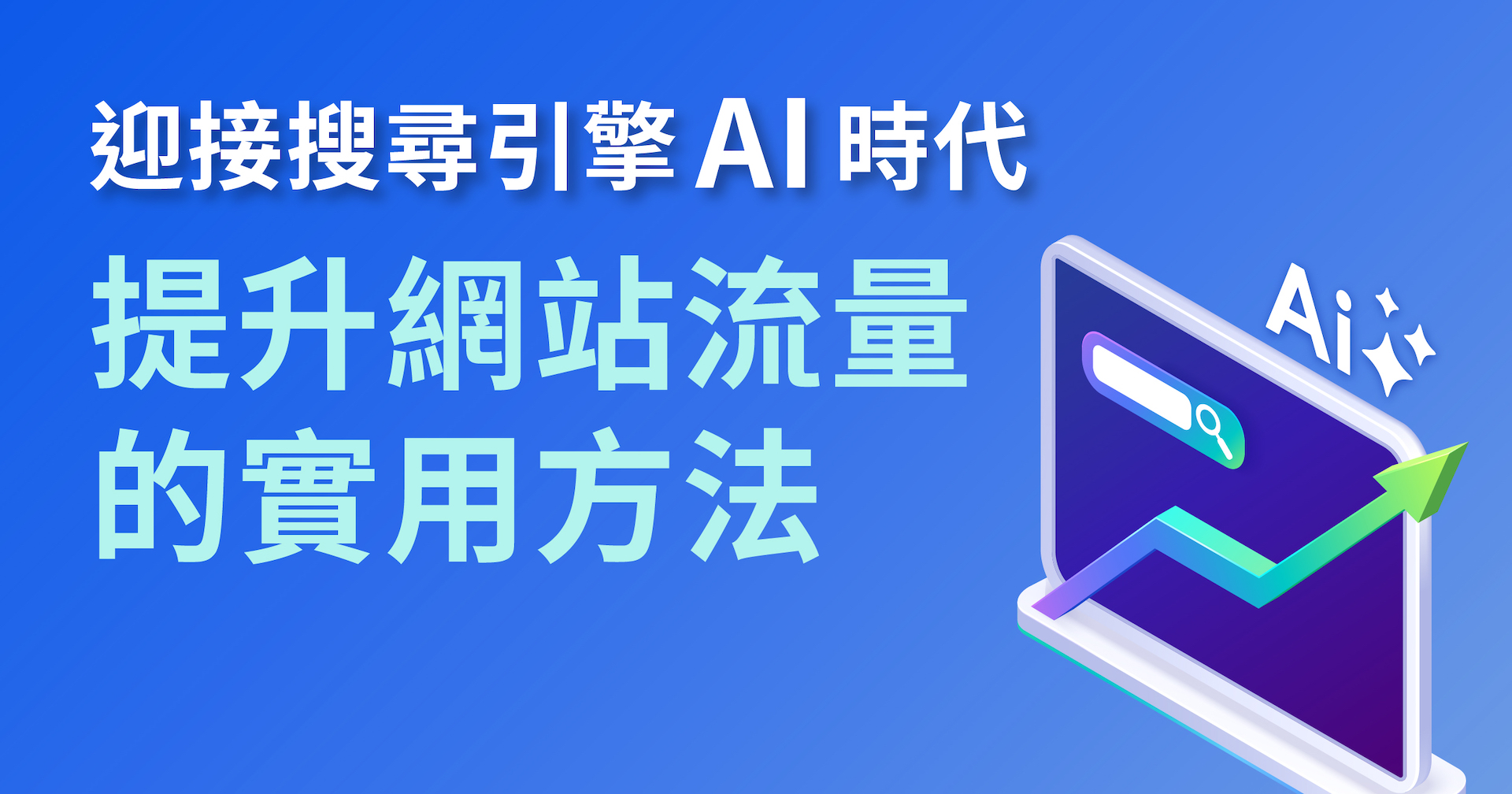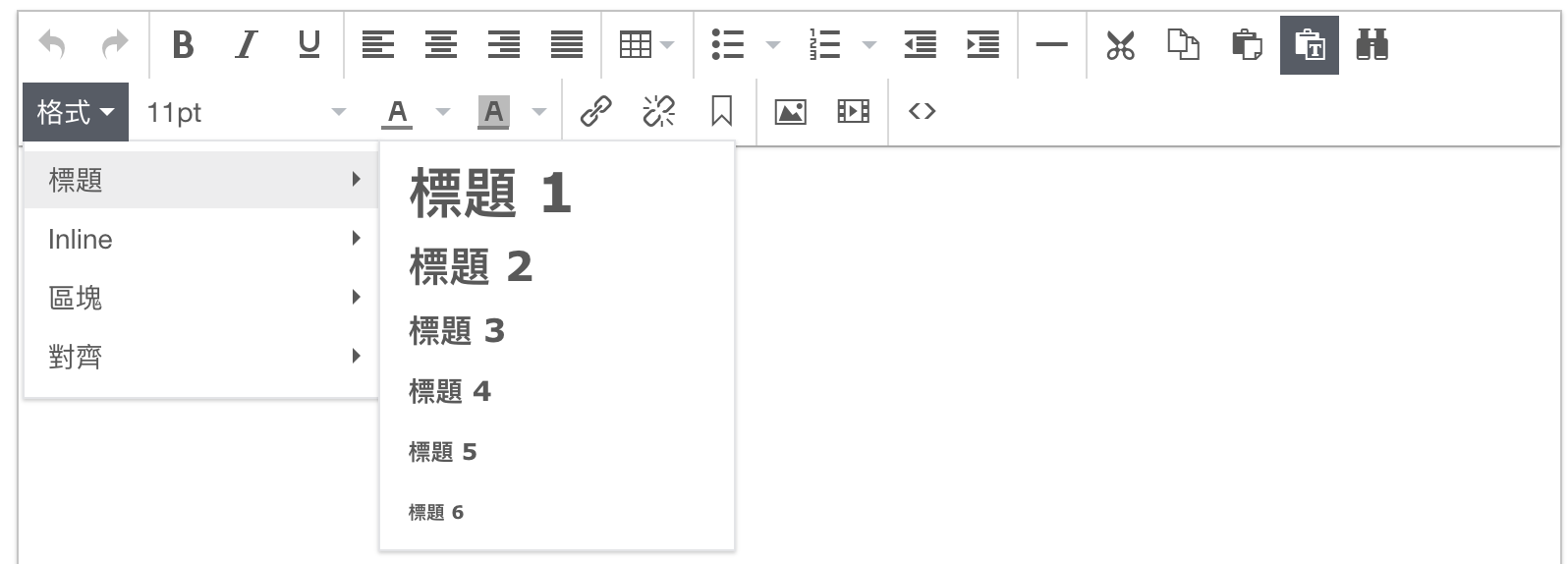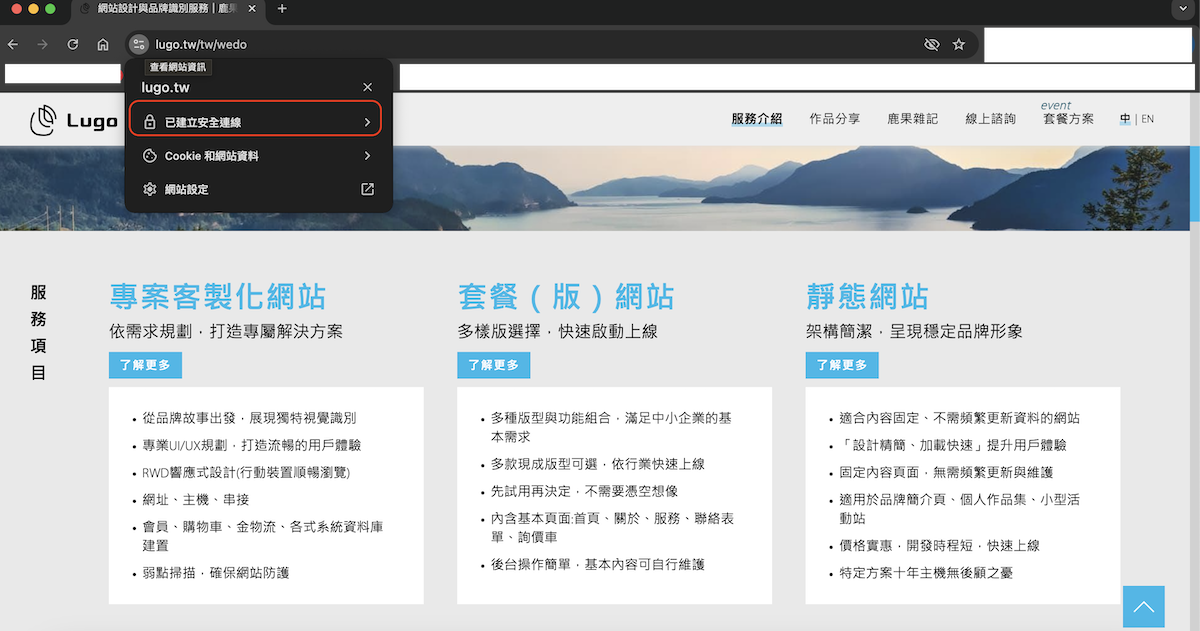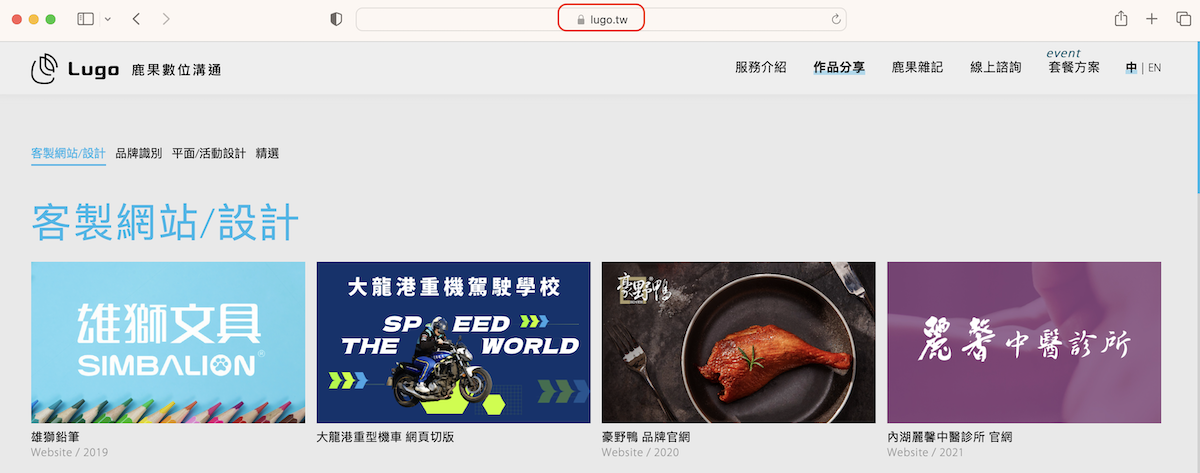
AI-powered search is changing the SEO rules we’re used to—from Google’s AI-generated summaries to voice assistants and short-form video discovery… To get your site noticed, you need to write not only for people but also for AI to understand. This article compiles practical strategies to help you build a strong foundation, optimize user experience, and prepare for the future of AI-driven search.
For consistent, high-quality traffic, your content must genuinely help people. Imagine someone searches for a question, lands on your site, and thinks, “Wow, this really solved my problem”—that’s a win. Valuable content builds trust, encourages sharing, and makes Google more likely to rank you. This aligns with Google’s E-E-A-T principles (Experience, Expertise, Authoritativeness, Trustworthiness): not just talking, but talking with substance and credibility.
Practical tips:
Making your content easy for search engines to find involves logical writing, clear formatting, and proper use of headings. Here are some best practices:

Most CMS editors let you select H1 or heading styles, but many don’t use them properly. H2–H6 serve as subheadings—think of H1 as the main title, H2 as major sections, H3 as subsections, and so on to H6.
H1 is the most important and should be used only once—typically your page or article title. H2s are main section titles under H1, H3s fall under H2s, etc. Proper use of these tags not only guides readers but also signals content structure to search engines, making your site more SEO-friendly.
Bullet lists are reader-friendly and SEO-friendly: they make content clearer and easier to digest. Use them for step-by-step guides, feature comparisons, tips, or summaries—any content that benefits from point-by-point presentation.
Why use bullet points?
✅ Highlight key points at a glance
✅ Improve readability
✅ Enhance mobile experience: users scrolling on phones find lists easier to scan
✅ Help Google identify featured snippets for higher visibility
A table of contents acts like a book’s chapter list, showing visitors the article structure and letting them jump to sections. Benefits include:
✅ Quick navigation to key points
✅ Increased dwell time due to clear structure
✅ SEO-friendly: sometimes Google displays your TOC in search results
✅ Better mobile usability: easier to switch sections on small screens
Pro tip: In Lugo’s new CMS, you can auto-generate a table of contents with one click, inserting it at the top of your article for enhanced navigation.

You don’t need to publish daily to manage a website—doing so can lead to burnout. The key is a “planned” and steady output. Here are some suggestions:
Whether weekly or biweekly, consistency signals to search engines that your site is active.
One in-depth, valuable article per week is better than daily thin content. For B2B sites, long-term value matters more than rapid updates. Focus on topics matching search intent—guides, FAQs, case studies, or comparisons—to perform better in AI search.
News sites can update quickly; knowledge bases can focus on depth. B2B sites can publish one to two articles per month, supplemented by regular updates to news, whitepapers, or testimonials to keep the site fresh.
Regularly update existing content to maintain accuracy and relevance, significantly boosting search rankings.
Beyond content, your site’s usability affects search performance. Ensure you optimize these:
HTTPS encrypts user data, protecting it from interception. For Google, it’s a basic trust factor. Without SSL, your rankings may suffer. Learn more in our article “Why Your Site Needs HTTPS: Protect Users & Boost Rankings”.
Check SSL in Chrome:

Check SSL in Safari:

Overwhelming pop-ups frustrate users and harm mobile UX, which Google penalizes. Keep prompts minimal (e.g., cookie notices or subscribe prompts), and control timing and frequency.
With mobile browsing dominant, poorly formatted sites with tiny text or misplaced elements reduce readability and incur SEO penalties. Use responsive design to ensure readability on all devices.
Google’s UX metrics cover three areas:
These affect first impressions and SEO rankings. Use tools like PageSpeed Insights to monitor performance.
Beyond text, images, videos, and charts enrich content. If you have resources, experiment with short videos for social platforms. Embed 30–60 second clips in your article to boost engagement. To get started:
Extract three key points, add simple visuals, text animations, and voiceover to create a one-minute clip for Instagram Reels or YouTube Shorts. Embed it for a mixed-media experience.
Demonstrate backend tutorials, product walkthroughs, or marketing tips—visual guides are more persuasive than text alone.
YouTube is the second-largest search engine. Optimize titles, descriptions, and captions to attract video-first audiences. As Google surfaces more video snippets, you’ll gain AI-driven exposure.
Short-form videos have high reach and emotional impact. Use 15-second clips to answer common questions and link back to your site for full details.
Since 2025, you may have noticed Google’s “AI Overview” summaries at the top of search results—users see answers without clicking through. This presents a new challenge: your content must appeal to AI for citation as well as to humans.
To optimize for AI search, focus on these four areas:
AI favors clear, logical paragraphs for summaries. Treat each article as a “conversational summary” that retains depth but allows AI to quickly extract key points:
Traditional SEO emphasized keyword density; AI search values “what users really ask.” Your content should:
These adjustments benefit both AI and human readers.
AI selects citations based on site authority and brand presence:
These signals help AI recognize your site as a trusted source.
AI search spans desktops, mobile, voice assistants, and smart devices. Make your content adaptable:
AI search isn’t an enemy but a new wave of “visibility.” Instead of fearing replacement, adjust your content strategy to become the source AI wants to cite. Ultimately, content worthy of AI citation is exactly what human readers seek.